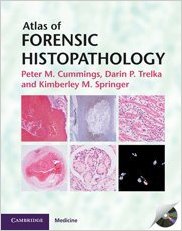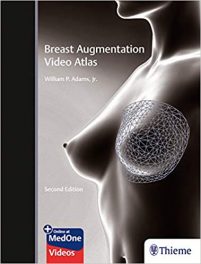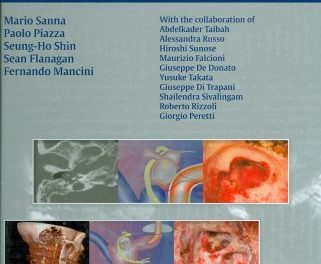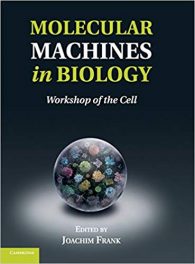 Authors: Peter M. Cummings, MD; Darin P. Trelka, MD; and Kimberly M. Springer, MD
Authors: Peter M. Cummings, MD; Darin P. Trelka, MD; and Kimberly M. Springer, MD
Publisher: Cambridge University Press – 185 pages
Book Review by: Nano Khilnani
A forensic histopathology examination is conducted in many cases when the cause of death or injury leading to death is unknown. The person who does such an examination is commonly known as a medical examiner who is a physician, having completed medical school, and who has taken and passed a medical licensing exam such as the U.S. Medical Licensing Exam or USMLE for short.
In some places in the United States, the person determining the cause of death is called a coroner, who is usually elected and is likely not a licensed physician.
This book – Atlas of Forensic Histopathology – helps answer basic questions laid out in the Foreword by Joshua A. Perper MD, who is director and chief medical examiner at Broward County Office of Medical Examiner and Trauma Services in Fort Lauderdale, Florida.
Some of the common questions asked by police investigators are:
- How old is this bruise?
- Was the fetus dead before the assault?
- How much force caused the contusion?
- How deep is it?
- What’s the underlying tissue –is it bone like the skull, or is it elastic such as the abdomen?
- What was victim’s nutritional state and would this be likely to affect their rate of healing?
- Would the decedent’s natural disease state affect the way they heal such that it may be faster, or more likely, slower than the general population?
The three authors of this book named above are all experienced medical examiners who are also doctors of medicine, having undergone medical education and specialty training in forensic histopathology. This book contains with eight chapters listed below to give you an overview of its contents:
- Post-injury Intervals
- Decomposition
- Thrombotic and embolic lesions
- Aspiration and drowning
- Poisoning
- Injuries
- Sudden death
- Pediatrics: special topics
Each chapter begins by providing a list of topics covered in it, an Introduction, discussions of each topic with graphics such as micrographs accompanied by detailed photo captions, Tables, and a Suggested Reading list.
Let’s take a look at the contents of chapter 5, Poisoning.
The outline of this chapter is as follows:
- Introduction
- Ethylene glycol poisoning (oxalate in kidney tubules)
- Acid ingestion
- Chronic injection sequelae
- Ethanol
- Cocaine
- Salicylates
In the Introduction a poison is defined as a substance taken internally that impairs health or destroys life. Determining the cause and manner of death through poisoning requires ‘a careful summation of circumstance, toxicology, and autopsy,’ the writer indicates.
The results of toxicology are usually necessary but those alone are not sufficient in determining the cause and manner f death. There are many other variables, such as postmortem redistribution, post-exposure survival, and overlap between therapeutic and toxic ranges that introduce uncertainty in the interpretation of postmortem drug levels.
The author states that gross and microscopic findings from the autopsy can be supportive of acute and/or chronic substance abuse or may show unexpected sequence of chronic substance abuse. The writer also indicates that sometimes histology may be the first clue in a case of poisoning, an example being oxalate crystals in the kidneys of an otherwise unremarkable autopsy, as ethylene glycol is not detected by most toxicology laboratories in routine screening.
The chapter continues by presenting evidence of ethylene glycol poisoning in three micrographs of the kidney showing calcium oxalate crystals; and micrographs of the brain, the stomach, the esophagus, the lung, and the aortic valve. The rest of the chapter presents various other micrographs of organs affected by other poisonous substances listed at the beginning of this chapter.
This is an excellent book on forensic histopathology which is well written and presented. We highly recommend it to those intending to enter into, or already in this specialty in medicine and science.
Editors:
Peter M. Cummings, MD is Medical Examiner and Director of Forensic Neuropathology in the Office of the Chief Medical Examiner in the Commonwealth of Massachusetts in Boston, Massachusetts.
Darin P. Trelka, MD, PhD is Associate Medical Examiner at Broward County Medical Examiner and Trauma Services in Fort Lauderdale in Broward County, Florida.
Kimberly M. Springer, MD is Medical Examiner in the Office of the Chief Medical Examiner in the Commonwealth of Massachusetts in Boston, Massachusetts.






